Marco Maria Massai, Nicola Omodei, Gloria Spandre9789812709646, 9812709649
Table of contents :
CONTENTS……Page 8
Introduction……Page 6
I Space-based Telescope……Page 12
1. Introduction……Page 14
2. The source catalogues (and consequences)…….Page 15
2.1. The sky above 100 keV……Page 16
3. Using the Earth to measure diffuse background……Page 17
4. Gamma Ray Bursts……Page 18
5. The radioactive galaxy……Page 19
6, Conclusions……Page 20
References……Page 21
1.1. mission overview……Page 22
1.2. Advcmtage of Suaalcu……Page 23
2. Initial results from Narrow Field Instruments……Page 24
3. Suzaku Wide-band All-sky Monitor(WAM)……Page 27
4. Summary……Page 28
References……Page 29
1. The Swift Satellite……Page 30
2. GRB sample statistics……Page 33
3. The X-ray afterglows……Page 34
References……Page 37
1. INTRODUCTION……Page 38
2. The Scientific Instrument……Page 40
3. Science with AGILE……Page 41
4. Multiwavelength Observations Program……Page 43
References……Page 45
1. Introduction……Page 46
2.1. Large Area Telescope……Page 47
3. GLAST Science Operations……Page 49
4. GLAST Science Performance……Page 50
References……Page 53
II Ground-based Telescope……Page 54
1. Introduction……Page 56
2. Stereo analysis: the case of the Crab nebula……Page 57
3.2. Supernova remnant SNlOO6……Page 58
3.3. Vela pulsar and nebula……Page 59
3.4. SNR RX 50852.0-4622……Page 60
References……Page 62
1. The Cherenkov technique……Page 64
2.1. Supernova remnants……Page 65
2.2. Galactic Centre region……Page 66
3. Observations of Active Galactic Nuclei……Page 67
3.2. Markarian 421……Page 69
4. Conclusion……Page 70
References……Page 71
1.1. Introduction……Page 72
1.2. Detection principles……Page 73
1.3. The telescope technology……Page 74
Introduction……Page 75
2.1. Extragalactic sources……Page 76
2.2. Galactic sources……Page 78
References……Page 79
1. Introduction……Page 80
2.1.Optical and Mechanical Performance……Page 81
2.2. The Camera and Electronics……Page 82
2.3. Data Analysis and Results……Page 83
3. The stereo System……Page 85
4. Conclusion……Page 86
References……Page 87
III Galactic Variable Sources……Page 88
1. Introduction……Page 90
2. Properties of EGRET sources……Page 91
3. Candidates for variable Galactic sources……Page 92
3.1. X-ray binaries: microquasars/microblazars……Page 93
3.2. Plerions: pulsar wind nebulae……Page 94
4. Prospects for studying variable Galactic sources with the LAT……Page 95
5. Conclusions……Page 96
References……Page 97
1. The H.E.S.S. Detector……Page 99
2. PSRB1259-63 / SS 2883……Page 100
3. The X-ray binary LS5039……Page 102
4. Pulsars……Page 104
References……Page 106
1. Introduction……Page 108
1.1. The standard model……Page 109
2. Gamma-ray pulsars in the EGRET era……Page 110
3. GLAST and gamma-ray pulsars……Page 112
References……Page 113
1. Unidentified y-ray sources……Page 114
2. The struggle towards identifications……Page 115
2.1. Time signatures……Page 116
2.2. Multiwavelength approach……Page 117
3. Thefuture……Page 119
References……Page 120
1. Introduction……Page 121
3. GRB 030329/SN 2003dh and GRB 031203/SN 20031w……Page 122
5. Rates of SNe Ib/c, Hypernovae and GRBs……Page 124
6. Conclusions……Page 125
References……Page 126
2. Highlights of cycle I……Page 128
2.2. Supernova Remnants……Page 129
2.3. Galactic Center……Page 130
3.2. MAGIC observations……Page 131
3.3. Emission scenarios……Page 133
References……Page 135
1. Introduction……Page 136
2. Photon emissivity by r0 decay…….Page 137
3. Muon and Electron Neutrino emissivity…….Page 138
3.1. The eflect of Neutrino oscillation……Page 139
4. Neutrinos from the Galactic Centre……Page 140
5 . Conclusions……Page 142
References……Page 143
Solving GRBs and SGRs Puzzles by Precessing Jets D. Fargion, 0. Lanciano, P. Oliva……Page 144
1. Introduction: GRB-SGR open questions……Page 145
2. Blazing Precessing jets in GRBs and SGRs……Page 147
References……Page 153
IV Extragalactic Sources……Page 154
1. Introduction……Page 156
2. MW Observations & Blazars Emission Models……Page 159
3. Conclusion……Page 161
References……Page 162
1. Introduction……Page 164
2.1. Marlcarian 421……Page 165
2.2. Markarian 501……Page 166
2.3. Markarian 180……Page 167
2.4. 1 ES1959+650……Page 168
2.5. lES1218+304……Page 169
3. Conclusions and Outlook……Page 170
References……Page 171
2.1. Early observations and BATSE discoveries……Page 172
2.2. BeppoSAX: the afterglow era……Page 173
3. The standard picture and the basic physics……Page 174
4. Unvealing the progenitors……Page 175
4.2. The GRB – SN connection……Page 176
4.4. Main progenitors models……Page 177
5.1. Further and recent observational evidences……Page 178
5.2. The Swift era……Page 180
6.1. Present and next experiments……Page 182
References……Page 183
X-Rays and GeV Flares in GRB Light Curves A. Galli, L. Piro, F. Longo, N. Omodei, G. Barbiellini……Page 184
1. GRB temporal-spectral evolution: the flare phenomenon……Page 185
3. X-ray flares in the framework of External Shock by thick shell fireballs……Page 186
3.1. Application to several bursts……Page 187
4.1. Late Internal Shock……Page 188
5 . Conclusion……Page 189
References……Page 190
1. Introduction……Page 192
2. Milagro’s Observations of GRBs……Page 193
3. HAWC’s potential……Page 196
References……Page 198
1. The MAGIC Cherenkov Telescope……Page 199
3.1. The Gamma-ray burst Coordinates Network……Page 200
3.2. The MAGIC GRB Alert System……Page 201
3.3. The GRB observation strategy……Page 202
4. GRBs Observed by MAGIC during cycle I……Page 203
References……Page 204
1. The peak spectral energy – isotropic energy in GRBs……Page 205
2. GRB 060218: a long burst with a peculiar SED……Page 208
2.1. The spectral evolution of GRB 060218……Page 209
3. Do GRB 031203 and GRB 980425 become mainstream?……Page 210
References……Page 212
V Poster Session……Page 214
1. The GLAST-LAT……Page 216
3. The cosmic ray data analysis: study of the performance of the LAT TKR……Page 217
References……Page 219
1. The Calibration Unit beam test……Page 220
2.1. Architecture……Page 221
2.2. Monitored quantities……Page 222
References……Page 223
2. The detector……Page 224
3. Search for high energy emission from GRB in coincidence with satellite……Page 226
References……Page 227
1. The GLAST LAT Data Challenge 2……Page 228
2 Analysis Tools and proceduress……Page 229
3. Results from the DC2 pulsar population……Page 230
References……Page 231
1. Introduction……Page 232
2. Improved test……Page 233
3. Application……Page 234
4. Discussion……Page 235
References……Page 236
1. Introduction……Page 239
2. Gamma-Ray Bursts and GLAST……Page 240
3. GRB simulators……Page 241
4. Study the LAT’s GRB sensitivity……Page 243
References……Page 245
1. Definition of the Global Fit Analysis……Page 246
2. Single component model……Page 247
References……Page 249
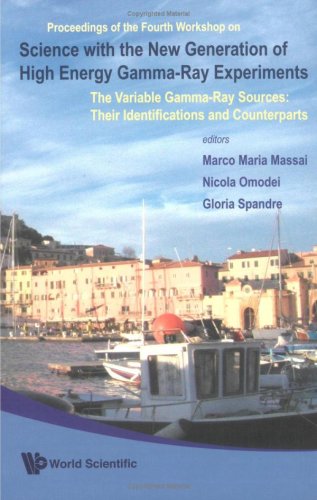
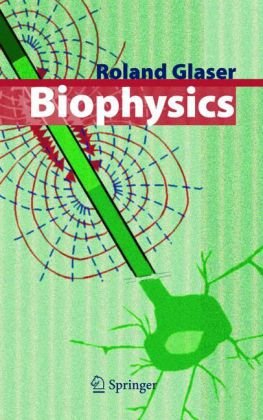
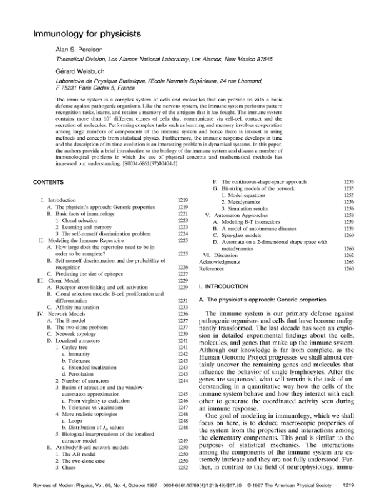
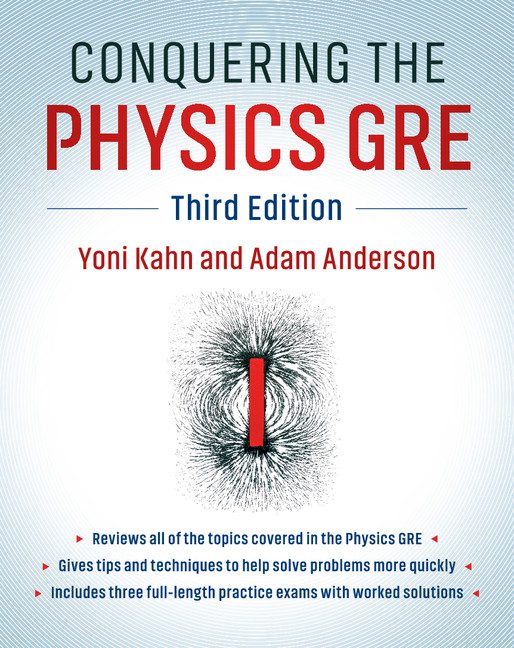
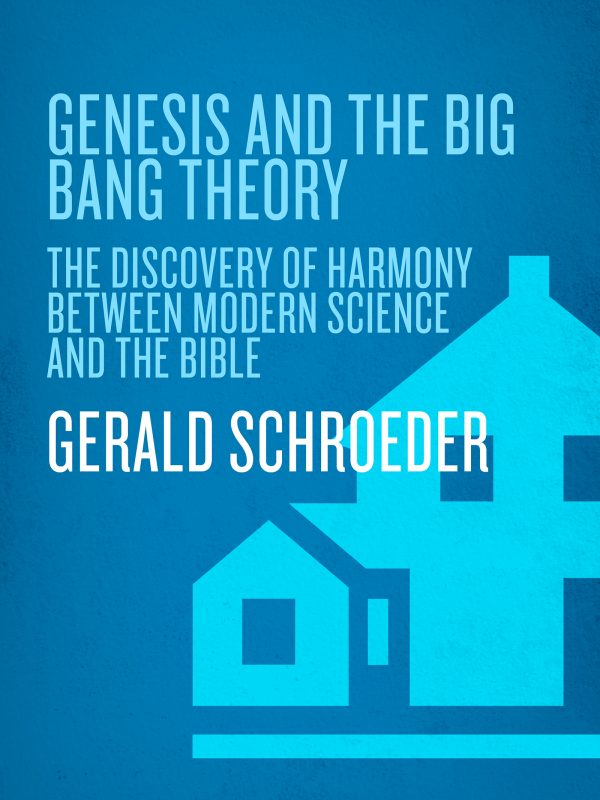
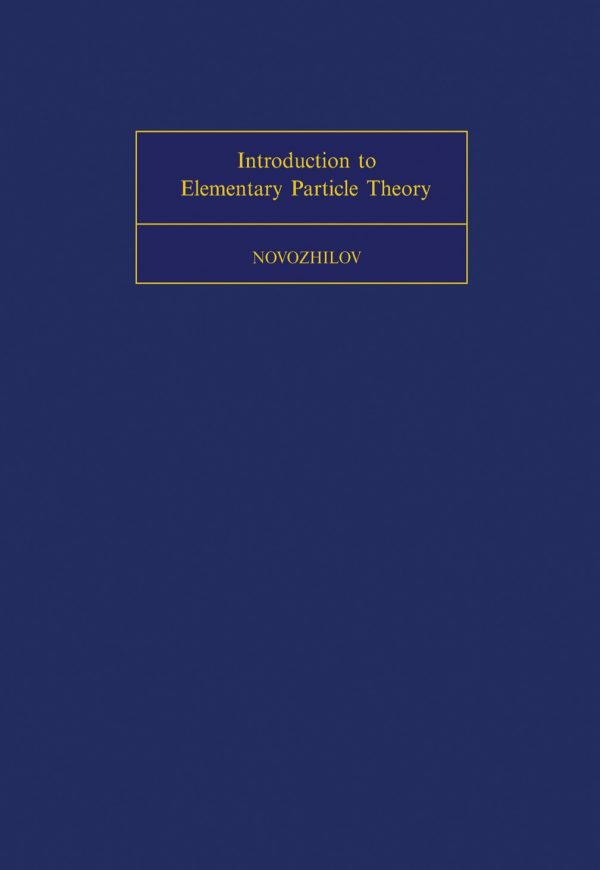
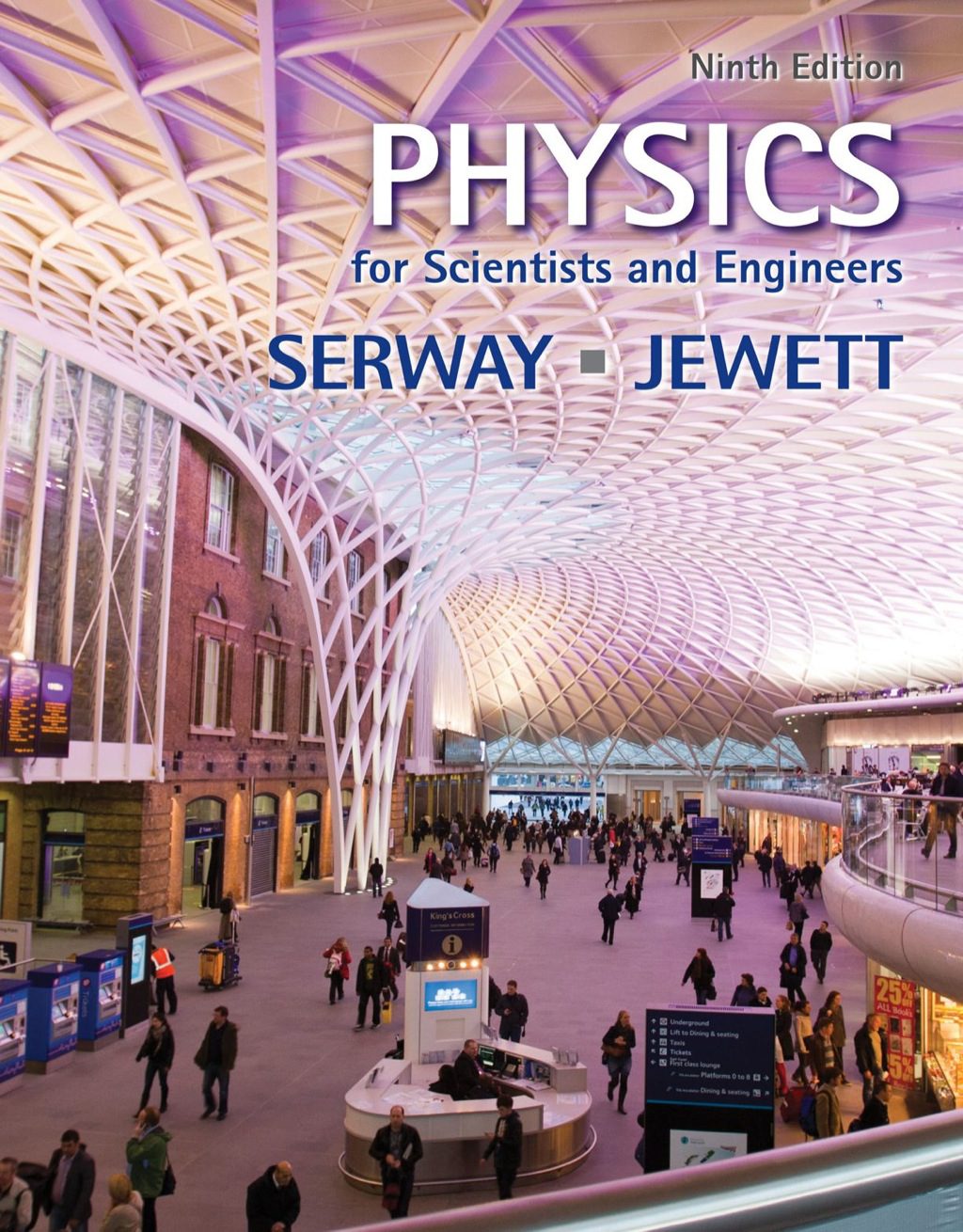
Reviews
There are no reviews yet.